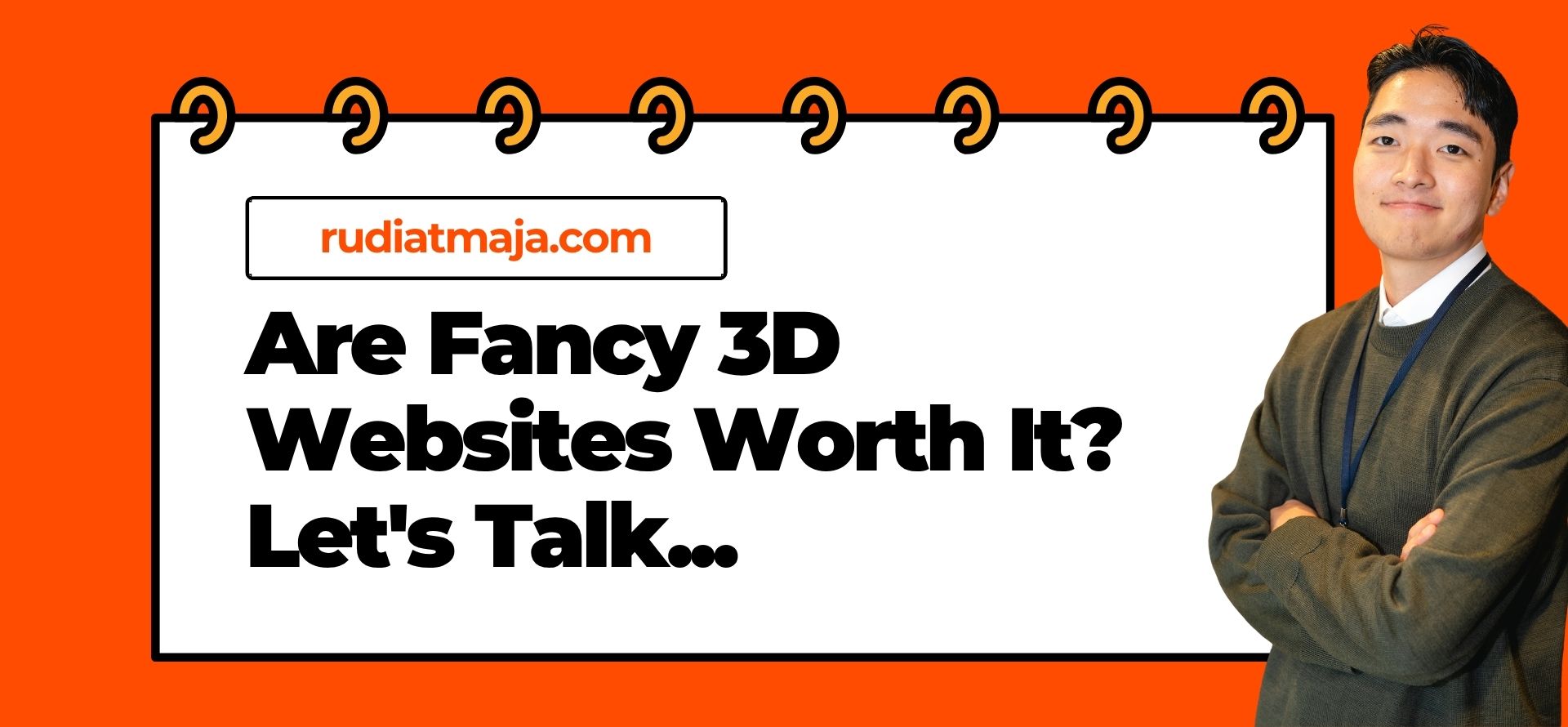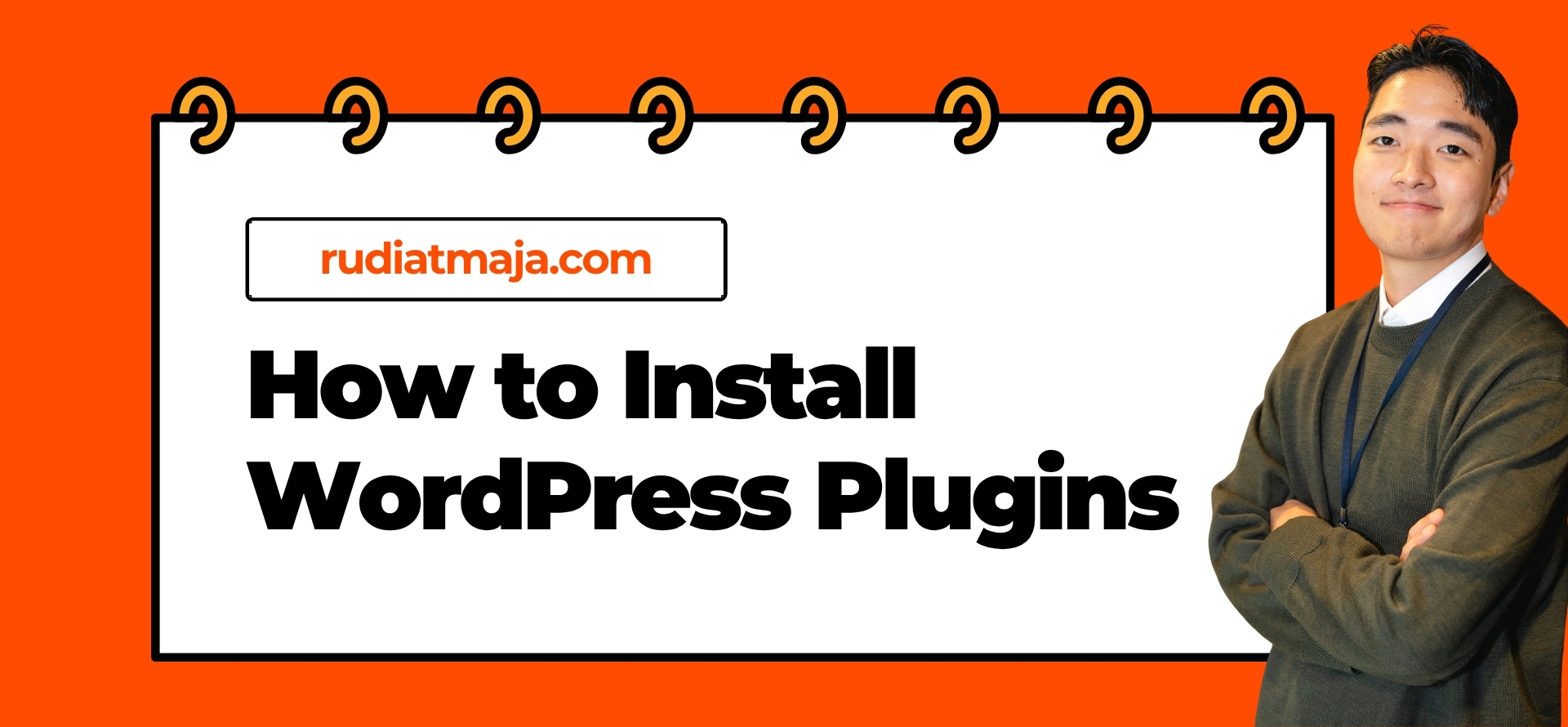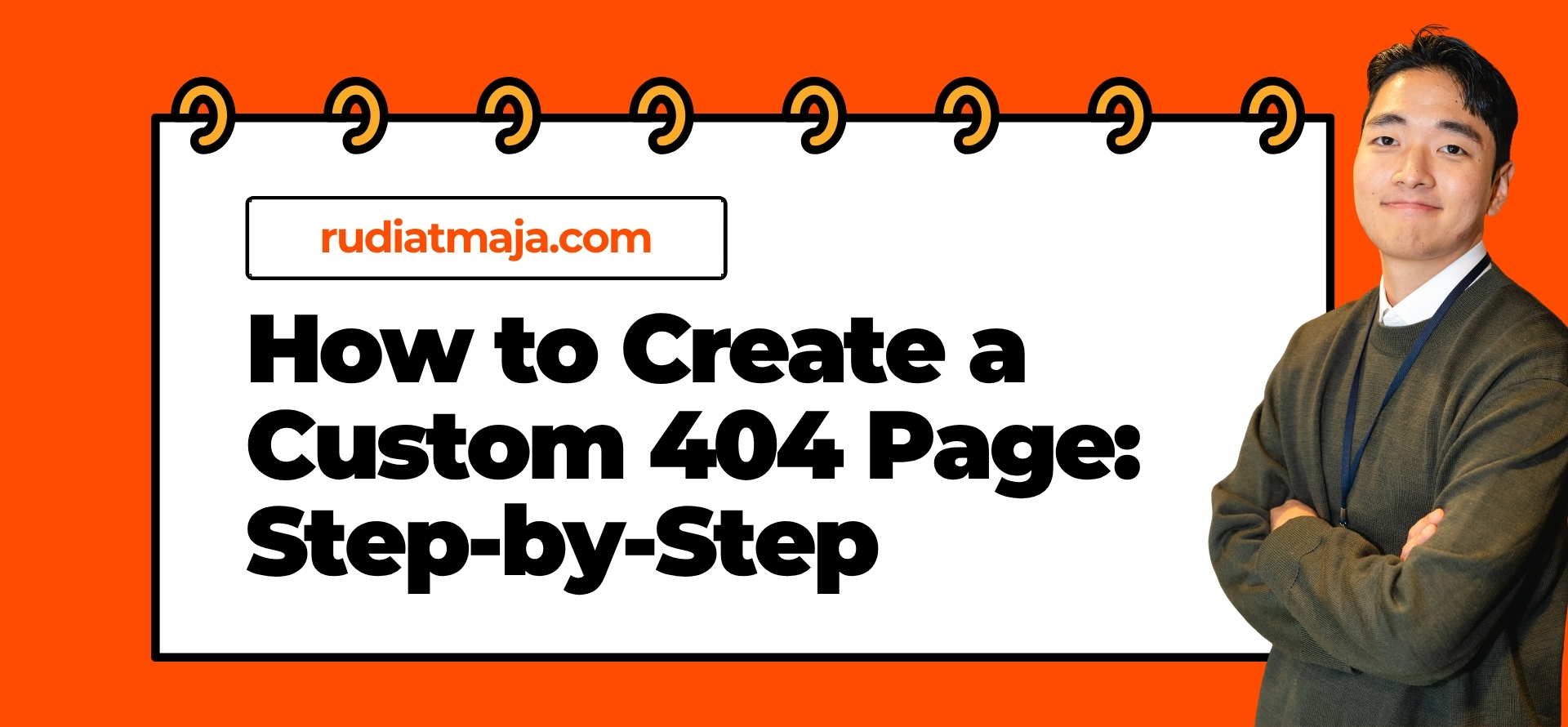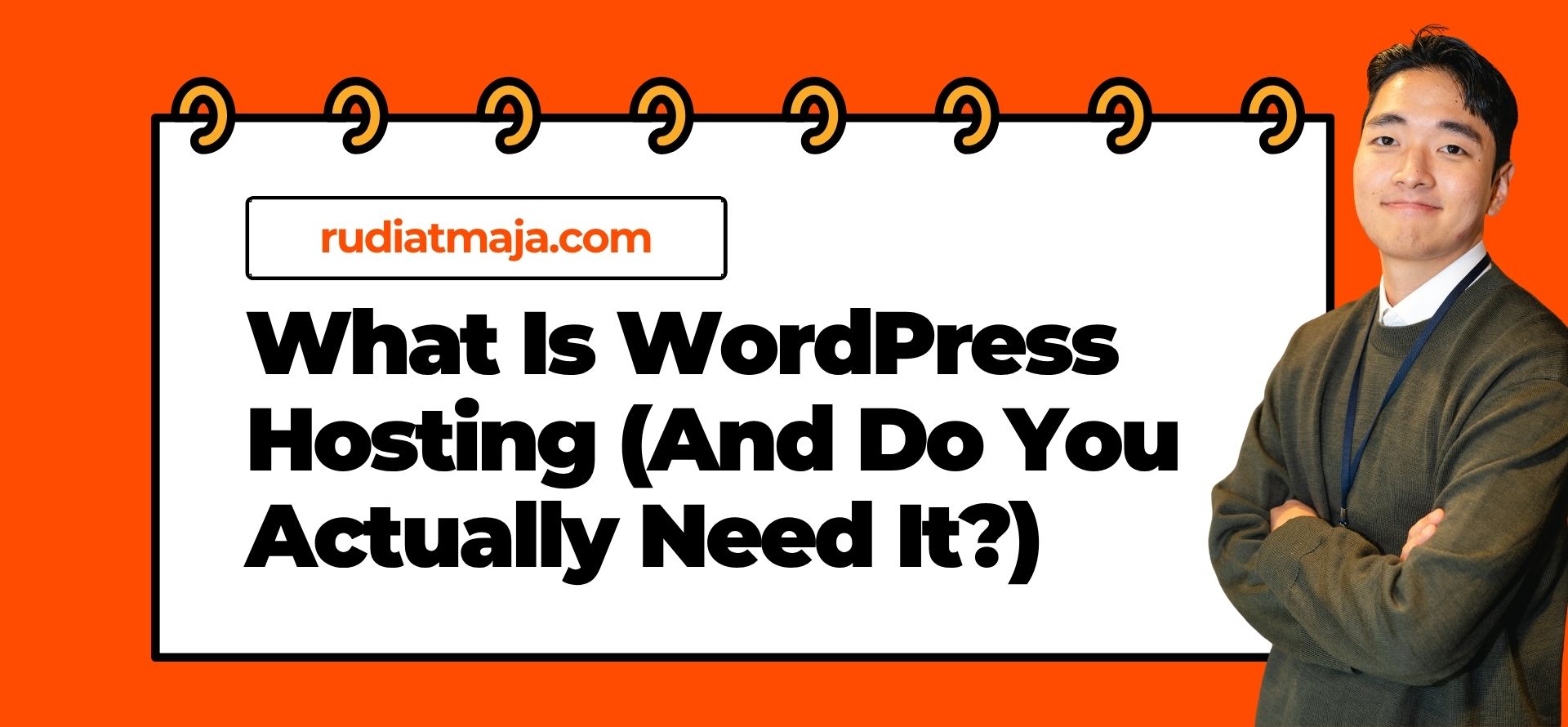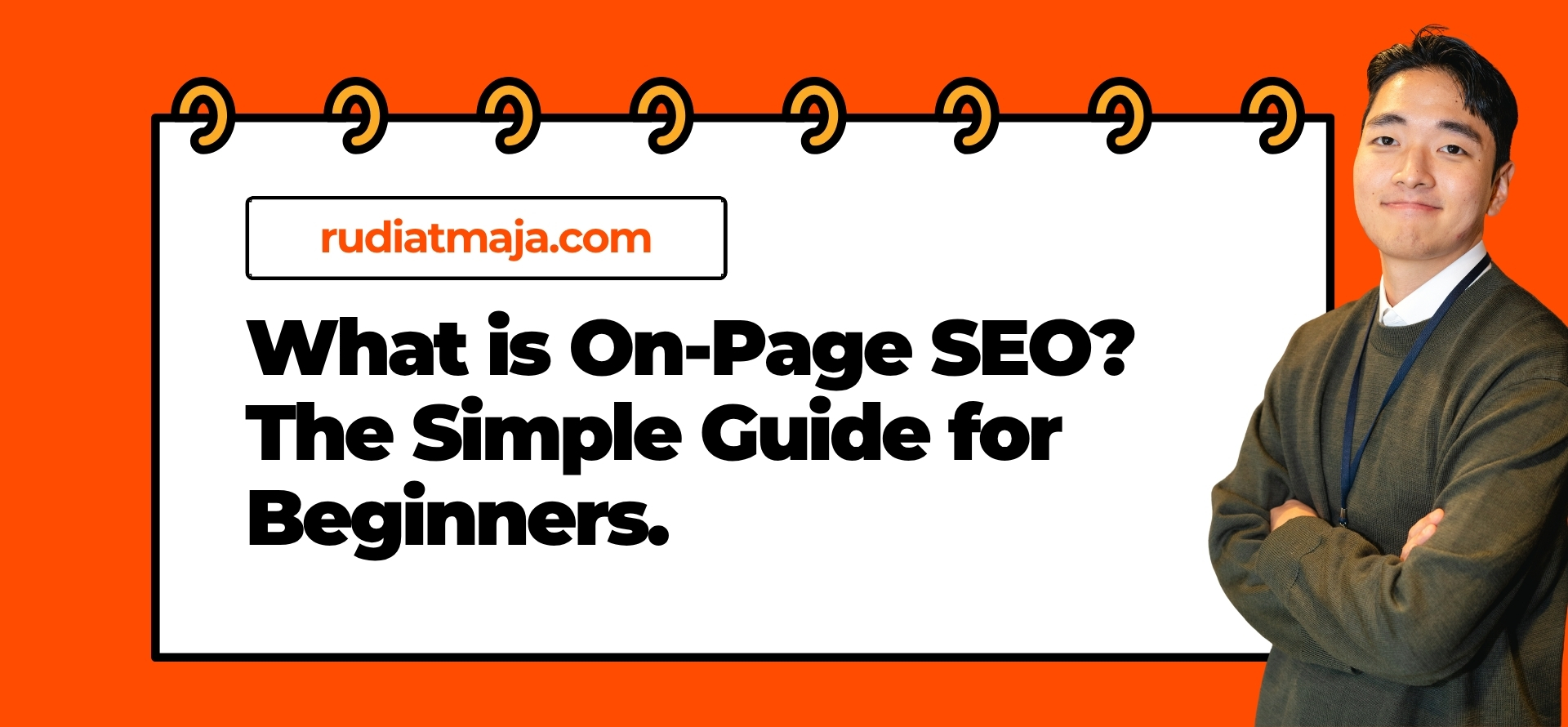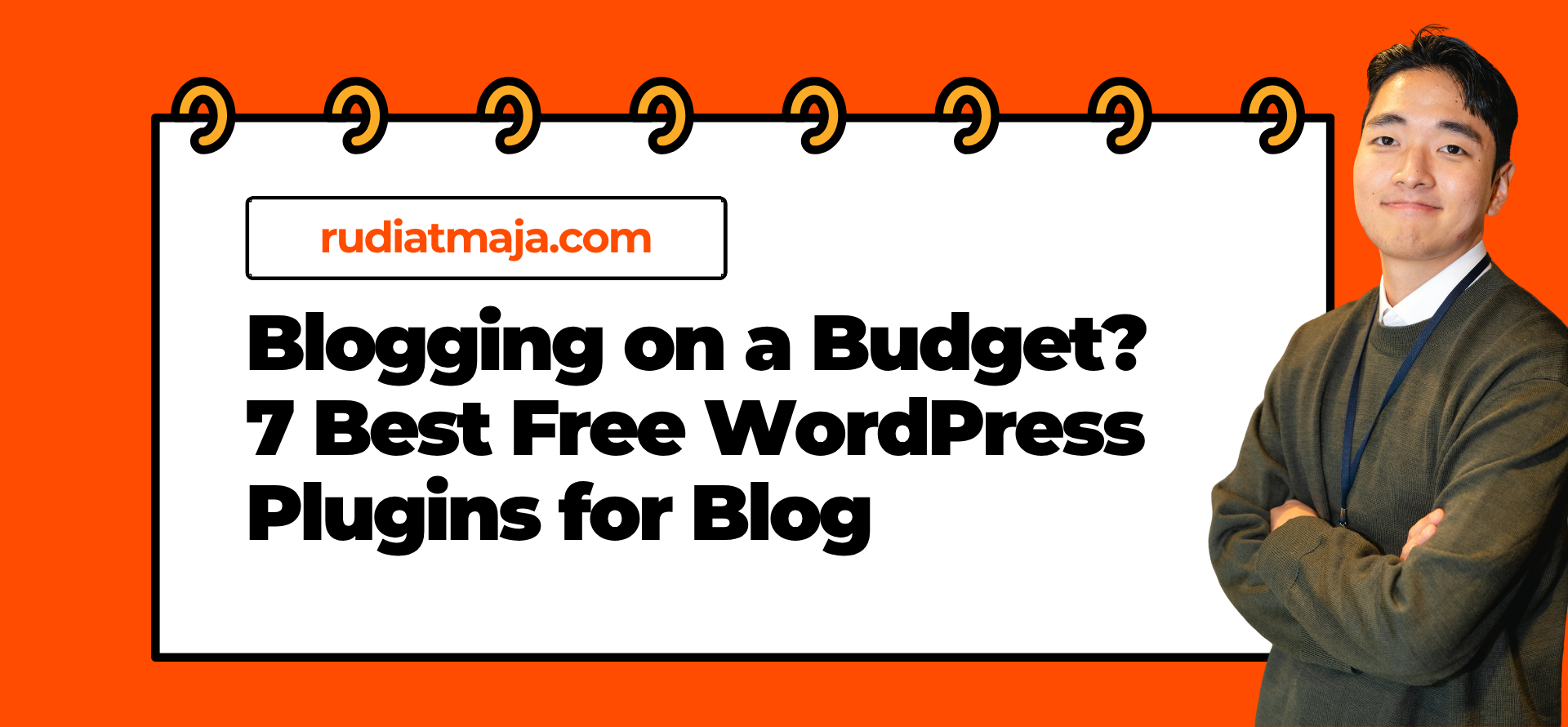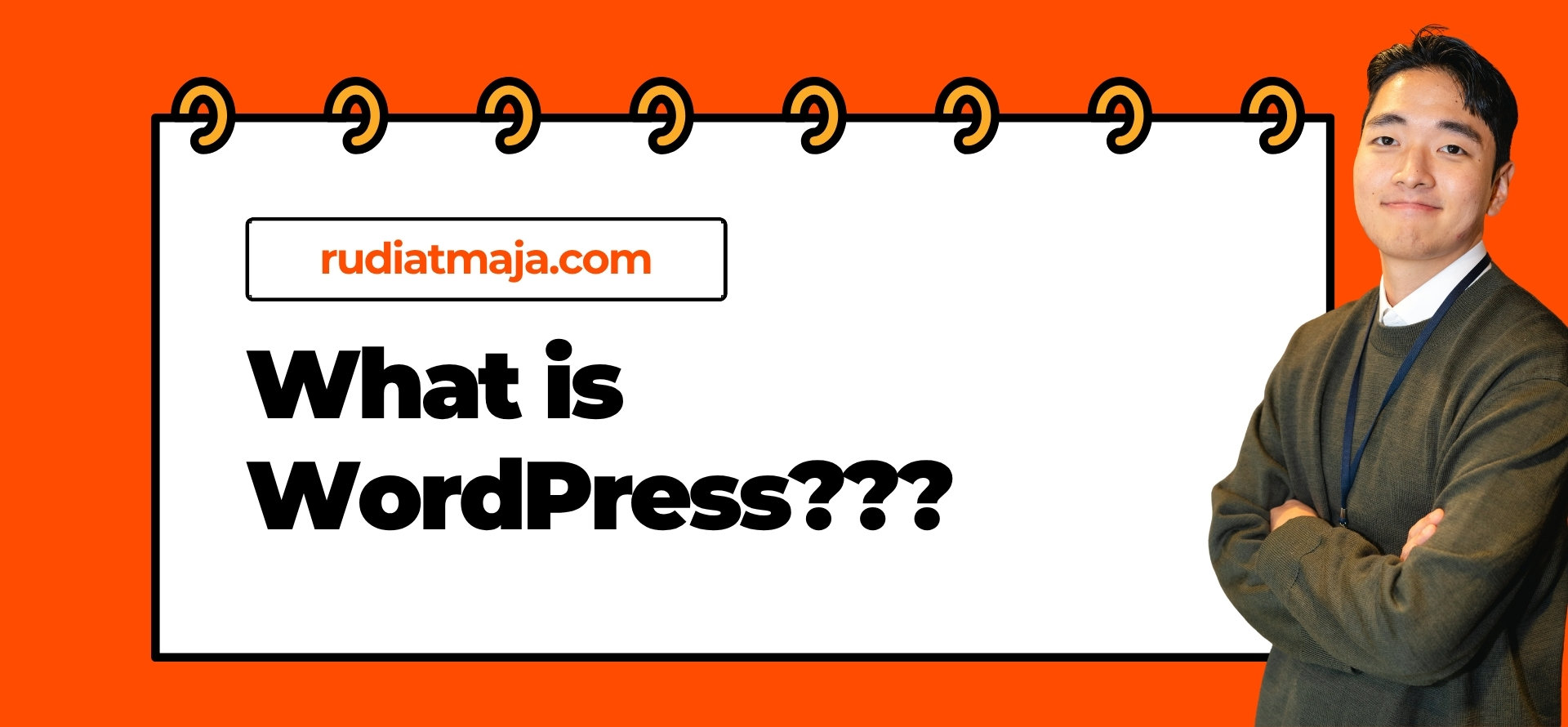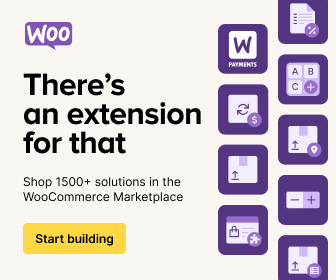Lately, it feels like everywhere I click, there’s another jaw-dropping 3D website. You know the kind—smooth animations, interactive elements that follow your mouse, parallax effects that make you feel like you’re diving into a digital world. I’ll admit, the first time I stumbled across one, I spent way too long just exploring the site, forgetting what I even came there for.
As a designer (or just someone who cares about the web), it’s easy to feel like you have to keep up. Everyone’s pushing boundaries, and suddenly, your clean, minimalist site feels kind of… flat. It’s tempting to think, “Do I need to redesign everything just to stay relevant?” Trust me, I’ve been there.
But here’s the thing – while beautiful 3D websites are visually impressive, they also come with their own set of questions. Are they practical? Are they accessible? Do they actually help the user, or just serve as digital eye candy? These are the kinds of things I’ve been thinking about a lot lately.
I mean, sure, a site that moves and reacts and glows in all the right places feels cutting edge. But at the end of the day, isn’t the goal to communicate something clearly, to help users get what they came for? Maybe beauty and function don’t always go hand-in-hand, especially when we start adding layers of complexity.
So if you’ve been wondering whether your next website needs to go full 3D – or if you’re just curious about the hype – I’ve got a few thoughts to share. Let’s break it down and see whether all the sparkle is really worth the effort.
What Makes 3D Websites So Attractive?
There’s no denying it – 3D websites look amazing. The first impression hits hard. The colors pop, the depth feels immersive, and everything moves like it’s alive. It’s like walking into a digital art installation instead of just scrolling through another generic webpage. That wow factor? Yeah, it’s real.
Part of the appeal is simply that 3D feels new. It’s not the norm yet, so when we land on a site that pulls it off well, it stands out. That uniqueness can give off a premium or futuristic vibe, like, “Hey, we’re ahead of the curve.” And for certain brands, that first impression can go a long way.
Also, let’s not ignore the play element. A good 3D site often invites you to interact – move your mouse, scroll in different directions, click and drag. That kind of engagement makes the user feel like part of the experience. It’s no longer just passive browsing. It’s exploration.
And that exploration can help tell a story. In industries like architecture, fashion, or creative tech, 3D can help express things that words or static images can’t. You can show motion, scale, even emotion, in ways that traditional layouts just don’t deliver as powerfully.
Another factor? Pure aesthetics. Some designers just love pushing the envelope, and you can feel that love in the work. It’s inspiring, honestly. When done right, these sites feel like they were made with care – not just slapped together with a template. That craft matters, especially in creative fields.
Then there’s the branding aspect. A bold 3D experience can say a lot about your identity. It tells visitors, “We think differently. We’re not afraid to take risks.” That can be a huge asset for startups, design studios, or tech companies looking to break from the pack.
Not to mention, 3D effects can be functional too – highlighting products in an interactive way, guiding the user’s attention, or creating spatial separation between content types. So it’s not just for show. When thoughtfully integrated, it can actually support UX goals.
And let’s be real – sometimes you just want your site to look cool. That’s valid. Not every decision has to be hyper-practical. If a site brings you joy when you look at it, or it excites your clients and makes them proud to show it off, that’s worth something in itself.
Of course, a lot of this comes down to context. A creative portfolio might benefit from that visual flair more than, say, a logistics dashboard. But when the audience and the message align with the medium, 3D can elevate a site from good to unforgettable.
At the end of the day, people remember experiences. If someone leaves your site thinking, “Wow, that was fun,” or “That looked amazing,” chances are they’ll also remember you. And in a sea of sameness online, standing out can be half the battle.
But Is It Always a Good Idea?
So, yes – 3D websites are undeniably cool. But as with most things in design and tech, there’s always another side to the story. Just because something can be done doesn’t always mean it should be. Let’s look at some of the reasons why a stunning 3D website might not be the golden ticket everyone thinks it is.
⚡ Performance Can Take a Hit
One of the first issues that shows up with 3D-heavy sites is performance. All those animations, models, and transitions? They need power. And while it might run smoothly on your new MacBook or phone, that’s not everyone’s reality. Not everyone is on high-speed Wi-Fi or using the latest device.
If your site is loading slowly, or lagging, people bounce. Simple as that. No one wants to wait for your homepage to fully render while their laptop fan goes into overdrive. You might have something beautiful, but if it takes too long to get there, most users won’t stick around to see it.
🌍 Accessibility Often Gets Overlooked
Another thing that tends to be forgotten in flashy 3D design: accessibility. A lot of these sites don’t play well with screen readers, keyboard navigation, or even basic color contrast rules. It’s easy to get so caught up in the visuals that you forget not everyone experiences the web the same way.
And here’s the hard truth – not being accessible doesn’t just affect your users. It could also affect your SEO, your legal standing in some countries, and your brand reputation. If inclusivity matters to you (and it should), you’ll want to think twice before going all-in on a 3D concept without a solid plan for accessibility.
📱 Mobile Experience? Sometimes an Afterthought
Let’s be honest, a lot of these fancy 3D websites are designed on desktop screens with big resolutions in mind. But most people browse the internet on their phones. Shrinking down a detailed, interactive 3D experience to a 6-inch screen is no easy task.
Sometimes, the mobile version ends up being a stripped-down version of the desktop, or worse, a broken mess. And if the mobile site doesn’t deliver, you could be alienating a massive chunk of your audience without even realizing it.
💸 Time and Budget Constraints Are Real
Designing a 3D website isn’t just about flipping a switch in Webflow or adding a cool animation in Figma. It often requires custom code, specialized developers, 3D artists, and lots (and lots) of testing. That means more time, more money, and a longer feedback loop with clients or stakeholders.
If you’re working with tight deadlines or lean budgets, a fancy 3D site might not be the smartest move. And honestly, sometimes a clean, well-written, fast website will outperform something visually “cool” but clunky.
🎯 Not Every Audience Cares
Here’s something that stings a little: your visitors might not care how cool your site looks. They might just want to find your pricing page, check out your portfolio, or read your blog. If they’re forced to “discover” where everything is through an interactive maze of animations and transitions… yeah, they’ll probably just leave.
3D websites can be a great match for creative or experimental brands, but for more straightforward industries (finance, education, healthcare, etc.), simplicity usually wins. In some cases, going full 3D might even send the wrong message – like style over substance.
When 3D Actually Works?
So after all that talk about the downsides, you might be thinking, “Well… should I even bother with 3D at all?” And honestly? Sometimes, yes. 3D design can be incredibly effective if you use it with the right purpose and in the right context. It’s not about using it because it’s trendy—it’s about using it intentionally.
🎨 When It Supports Your Brand Story
Some brands just make sense in 3D. If you’re in fashion, architecture, gaming, or digital art, your audience probably expects a visual experience that reflects creativity and innovation. A 3D website in this case can act like a digital showroom – more than just a portfolio, it becomes part of the brand expression.
It’s like wearing a bold outfit to an event. It only works if it matches the vibe. A creative agency with a flat, boring site might look outdated. But if their website pulls you into a beautifully crafted 3D experience, suddenly you’re thinking, “Okay, these people get it.”
🛍️ When You’re Selling a Tangible Product
For e-commerce, especially with physical products, 3D visuals can do something flat images can’t: they help users “feel” the product. Think furniture, sneakers, electronics – being able to rotate, zoom in, and interact can boost confidence and reduce purchase hesitation.
This is already a big trend in high-end retail, where 3D product views and AR try-ons are becoming the norm. In these cases, the visual impact isn’t just eye candy – it directly supports conversion.
🚀 When You Want to Create a Memorable Experience
Sometimes, the goal isn’t just information – it’s impact. For launch pages, digital campaigns, portfolios, or one-off storytelling projects, 3D can give you that extra punch that makes people remember your site. It’s like making a strong first impression that sticks.
If your goal is emotional engagement – whether that’s to impress, entertain, or just make someone say “whoa” – a beautifully executed 3D site can absolutely do that. People don’t remember “nice.” They remember “wow.”
🔍 When It’s Backed by Solid UX
The best 3D sites don’t feel complex. They feel smooth, intuitive, and purposeful. That’s not a coincidence – it’s a result of great planning and user testing. When 3D is used to guide, not confuse, it can enhance navigation and interaction, instead of getting in the way.
So before you go wild with layers, animations, and rotating elements, ask: does this help the user do what they came here to do? If the answer is yes, you’re probably on the right track.
🧠 When It Adds Meaning, Not Just Style
Sometimes a 3D effect can be metaphorical – a way to make an abstract idea more tangible. Think of an environmental site that shows melting glaciers in interactive 3D, or a medical site showing the human body with scroll-based animations. In those moments, 3D isn’t just for show. It’s storytelling.
When 3D design adds meaning – when it helps people understand something better, feel something stronger, or connect more deeply – it’s doing real work. And that’s where it shines.
So… Is It Worth It?
Alright, after diving into all the ups and downs, where does that leave us? Are fancy 3D websites really worth the hype? The short answer: it depends. Like most things in design and tech, the answer isn’t black or white. It all comes down to what you want to achieve, who you’re trying to reach, and how much time and resources you have to invest.
If you’re chasing that “wow” factor and your brand or project aligns with creative, immersive experiences, 3D can be a game-changer. It can make your site memorable, engaging, and sometimes even downright fun to explore. But if your audience just wants clear info or quick answers, piling on effects might do more harm than good.
It’s also worth thinking about long-term maintenance. 3D websites can require more upkeep, updates, and testing to keep everything running smoothly across devices and browsers. So, if you’re someone who likes things simple and hassle-free, that’s an important factor to keep in mind.
Honestly, sometimes a beautifully crafted, fast-loading, and user-friendly 2D site will outperform any flashy 3D design. The web is still about connection – making it easy for people to find what they need and feel good while doing it. That’s the real goal.
In the end, the best websites are the ones that fit their purpose. If that purpose includes stunning visuals, interaction, and storytelling through 3D, go for it – but do it thoughtfully. Because when done right, 3D can be more than just a trend – it can be a powerful part of your digital story.
Final Thoughts
At the end of the day, a beautiful 3D website is just a tool – how powerful it is depends entirely on how you use it. It’s easy to get caught up in the visuals and the “wow” moments, but what really matters is whether your site actually works for the people visiting it.
If your goals, audience, and brand vibe match the energy of a 3D experience, it could be exactly what sets you apart. But if you’re just jumping on the trend because everyone else is doing it, you might be setting yourself up for more headaches than it’s worth.
Great design isn’t always the flashiest. It’s the most thoughtful. So whether you go full 3D, stick to clean simplicity, or find something in between – do it with intention. That’s what makes a site truly stand out.
And hey, if you ever decide to explore the 3D route, make sure it’s not just beautiful – but also fast, accessible, and meaningful. That’s where the real magic happens.

